WOMEN’S FOOTBALL STRUCTURE IN SPAIN
One of the most asked questions about Spanish women’s football is how many levels there are and how they are structured. The first thing to understand is the relation of age to the organisation of competitions. Categories are determined by age up to 16 years old, at which point women will compete in the 5-level league system topped by the first division “Liga Iberdrola”.
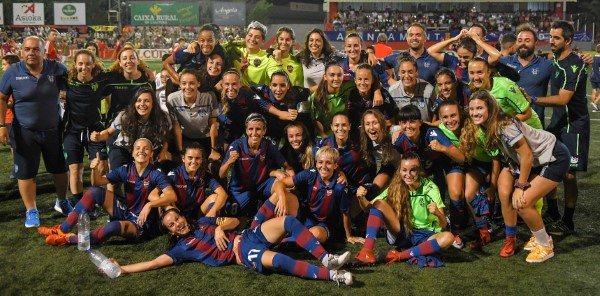
- Amateur (+16)
- Infantil-Cadete (12-15)
- 8-a-side football (U12)
- Alevín (10-11)
- Benjamin (8-9)
- Prebenjamín (6-7)
- Querubín (Non-federative, U6)
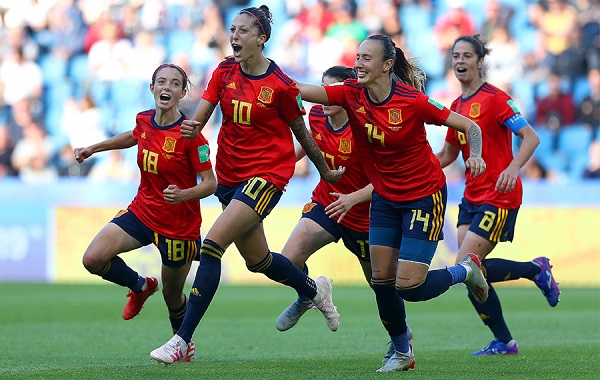
The next thing to understand is the structure of the open age leagues from most professionalised to least, given that Infantil-Cadete and 8-a-side football competitions are not defined by levels or divisions. Therefore, the women’s league is structured as follows:
- Liga Iberdrola
- Reto Iberdrola
- Nacional
- Autonómica
- Regional Categories (First and Second in the Valencian Community)
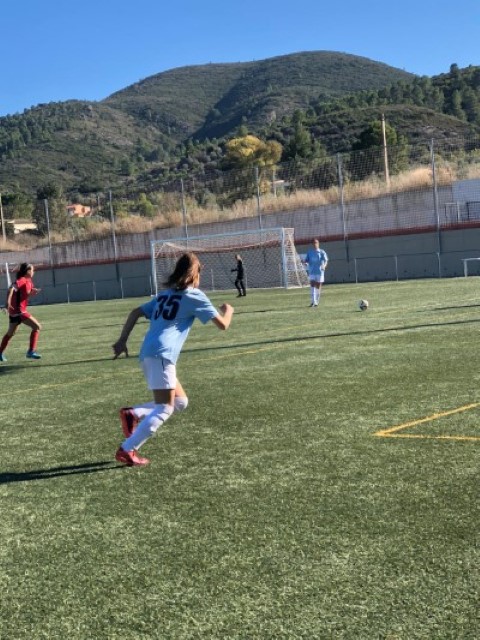
NATIONAL LEAGUE CHAMPIONSHIP. LIGA IBERDROLA
At national level, we have a national first division, currently known as the Liga Iberdrola. This league consists of 18 teams playing 34 games. The top three teams, depending on FIFA ranking, enter into the Women’s Champion’s League, and the bottom four teams are relegated to the Reto Iberdrola (National Second Division). The FC Barcelona, Real Madrid, and Atlético de Madrid first teams, among others, compete in this division, with FC Barcelona being the current holders.
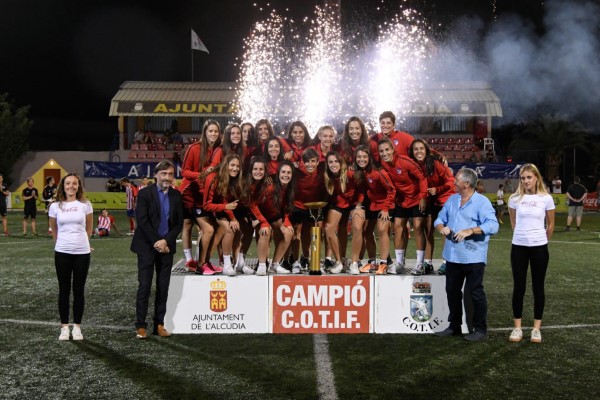
La Primera División Femenina de España, known commercially as the Primera Iberdrola for sponsorship reasons and also known as the Primera División PRO or the Primera División femenina RFEF, is the top level of women’s football within the Spanish football league system and the main national club competition.The first edition was the 1988-89 season, and although it has experienced various changes of format and name, it has been contested uninterrupted ever since.
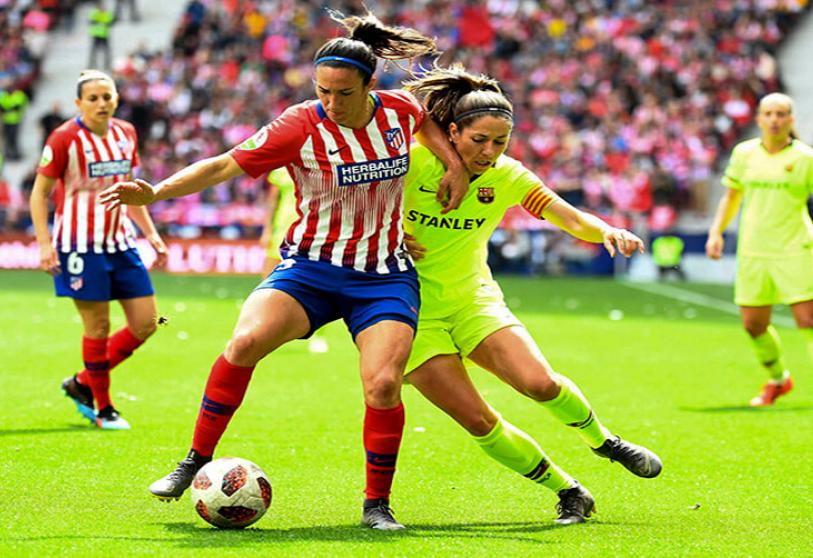
The First Division is on of the only two categories with semiprofessional status in Spain, with the Second Division being the other. Both are under the jurisdiction of the Royal Spanish Football Federation, while the rest of the divisions are regulated by their corresponding autonomic federations. The First Division, therefore, is considered one of the most important leagues in Europe according to the Union of European Football Associations (UEFA) with the fifth best coefficient in continental football.
LIGA RETO IBERDROLA
The Spanish Women’s Second Division, known as the Reto Iberdrola for sponsorship reasons, and officially named Segunda División PRO or Segunda División femenina RFEF, is the second level in the Spanish women’s football league, being one step below the First Division and likewise being a professional organisation. It was first contested in the 2001/2 season under the name Primera Nacional de Fútbol Femenino, and is organised by the Royal Spanish Football Federation (RFEF).
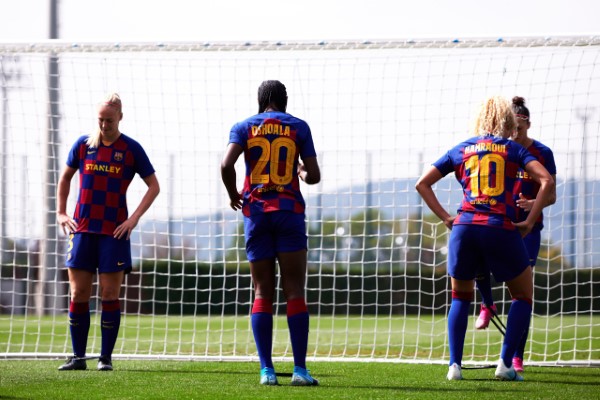
Since the 2019/20 season, it has been composed of two groups of sixteen teams, separated into North and South, with the top teams meeting in a playoff to decide which two teams will replace the two relegated from the First Division.
NACIONAL
Nacional or Segunda División Femenina. This division has not yet adopted a principal sponsor, which is the reason for its simple and obvious name. It is the level below the Liga Reto Iberdrola. The two teams that are successful in the promotion phase are promoted, while the bottom three teams are relegated.
This category is organised into 7 groups determined by geographical location. It is seen as a very complicated category both because of its level and by virtue of being played throughout the whole of Spain. Along with the Reto Iberdrola, Nacional is the first step towards professionalism, where the affiliates of the best teams in the country can be found. This makes this level a very important step for any player who has the privilege of forming part of one of the squads that compete in this league such as, for example, our affiliate club, Discóbolo La Torre AC.

AUTONÓMICA
The next level in descending order after National is composed of the regional territorial competitions. There is usually one group per Community, making it the highest autonomous category. With competition at a higher than intermediate standard, the Autonómica is made up of teams that at some point in their history have been promoted twice from regional categories and are able to consistently compete in order to maintain their status and even compete for the top positions for promotion to the National level.
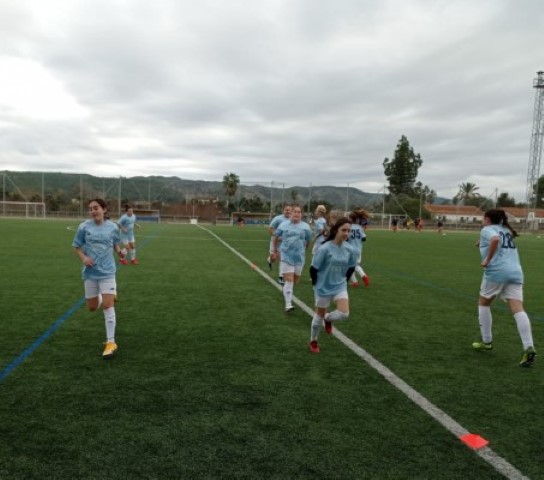
PRIMERA REGIONAL
There are two divisions within the regional category. The First Regional Division is where we find teams that have managed to gain promotion from the Second Regional Division and those that have been relegated from the Autonómica. What makes it a tough and competitive league is the prize of promotion to the regional level while all the while managing the risk of relegation and teams finding themselves dropping into the lowest division.
What stands out most about this category of Spanish women’s football is that, despite being the fifth level on the women’s football pyramid, teams compete at a good level and make this league a great competition to develop and improve any profile at any age.
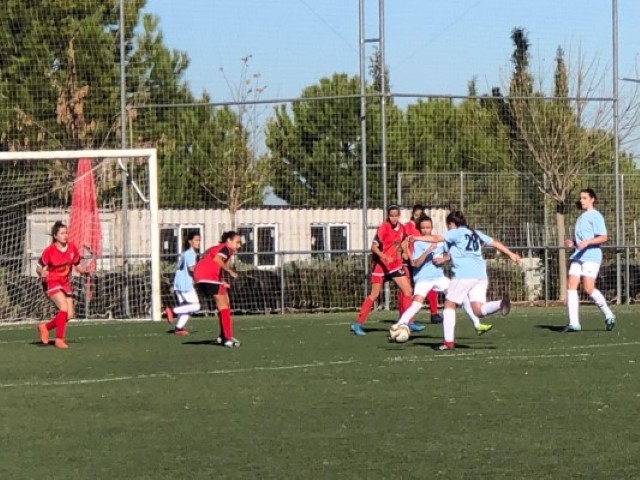
SEGUNDA REGIONAL
Despite being the first category that newly-created teams compete in, this is a level very much composed of a mix of young players learning the game and more experienced players who offer quality and stability to teams. There is always an average of 5 teams fighting for promotion.
To sum up, the over-16 categories in women’s football in Spain are well-structured and regulated, giving girls the opportunity to develop their talent without decreasing in competitiveness and keeping the essence of football alive at every stage.
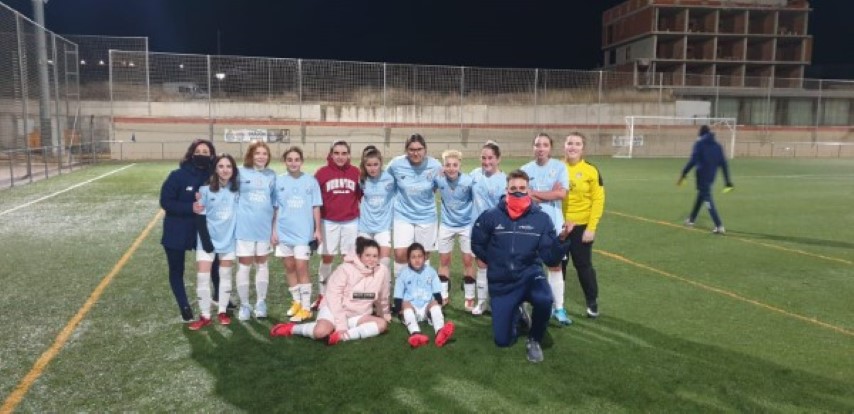



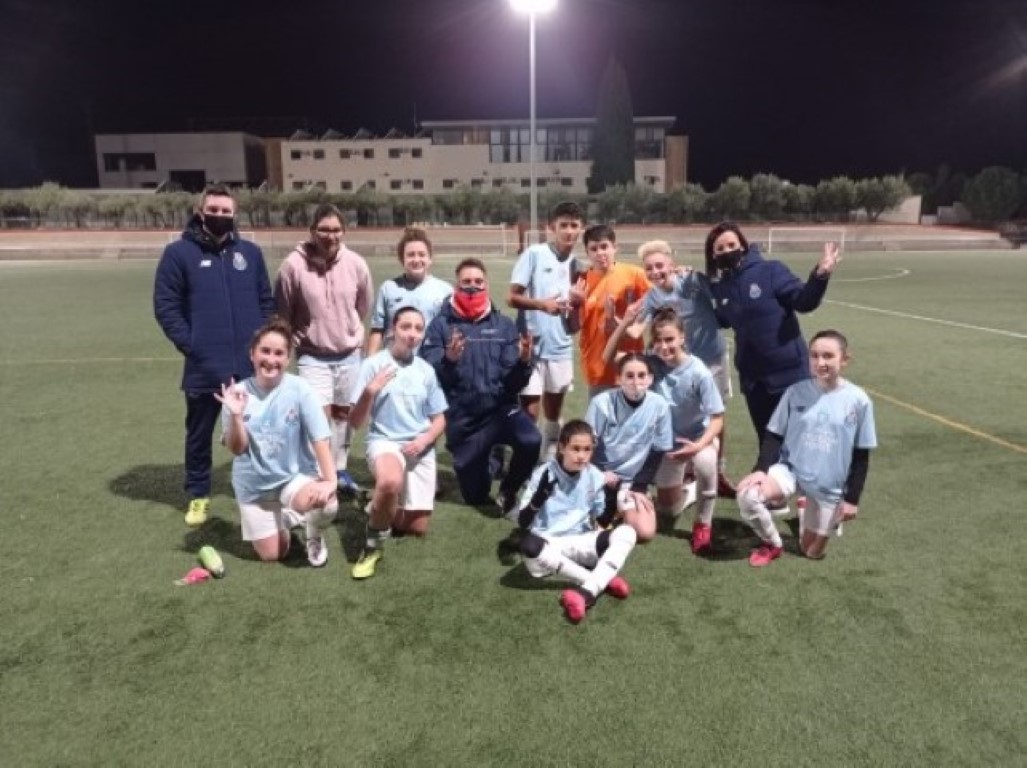
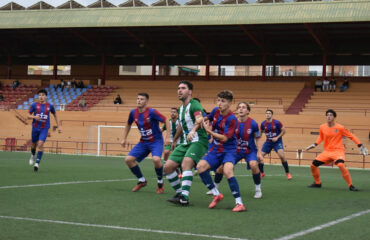
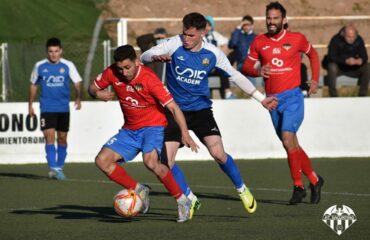
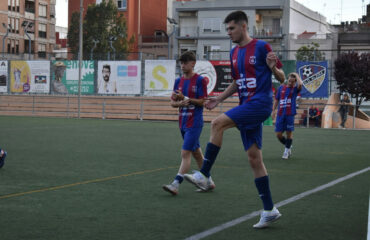
This is a great article. Thanks
With international women’s teams, at what age do they start?
u12, u14, u16?
do the players in these teams (whatever the age) tend to come from the big 4-5 clubs such as Barcelona, Madrid, a. Madrid, Seville, etc.
Also, how are the youngsters spotted or recommended?
And yes I do have a daughter that is doing well and is playing in an Infantil boys 11 whilst also playing in an Alevin 2 year team which is her age.
Thanks
phil
Soy el Maestro Renato Tavares Fonseca, Doctor en Ciencias del Ejercicio y del Deporte, Magíster en Ciencias de la Motricidad Humana y me desempeño como Fisiólogo y Coordinador Científico en Fútbol. He adquirido experiencia en clubes importantes en las categorías básicas y también en el fútbol profesional. He participado en varias comisiones técnicas en importantes competiciones, estatales, nacionales e internacionales, incluso con la Selección Brasileña Femenina de Fútbol, en la categoría principal, con la conquista de importantes títulos.
Realizo consultoría para entrenamientos e imparto clases en estas áreas en Fútbol Masculino y Femenino.
mis números de contacto: